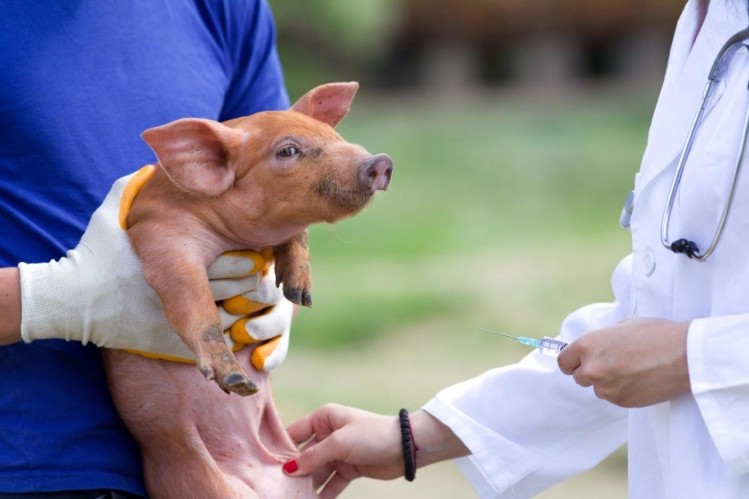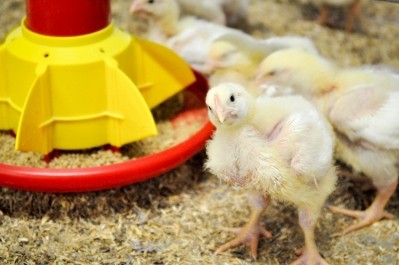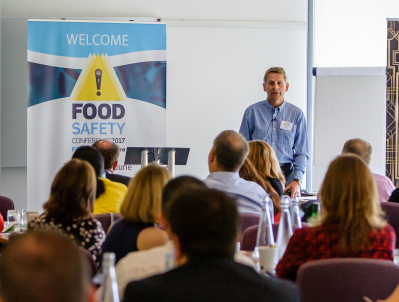EU plans action on antibiotic resistance threat

The Action Plan to tackle Antimicrobial Resistance, unveiled by the European Commission (EC) on Thursday (June 29), is aimed at addressing a problem estimated to cause 25,000 deaths and €1.5bn (£1.32bn) in extra healthcare costs every year in the EU alone.
It followed the adoption of proposed legislative guidelines on veterinary medicines and medicated feed by the EC in 2015.
These guidelines are currently under discussion in the European Parliament and in the Council, with a view to binding EU regulations being adopted in 2018.
Pillar one, making the EU a best-practice region, includes updating EU legislation on monitoring and reporting AMR in animals, food and humans, enabling mutual learning, exchange of innovative ideas and consensus building, and co-funding activities in Member States.
Research, development and innovation
In boosting research, development and innovation – the second pillar – the EC plans to incentivise innovation, provide valuable input for science-based policies and legal measures to combat AMR and address knowledge gaps.
The EC plans to work in partnerships with Member States and industry, including small and medium enterprises, to address AMR in bacteria, fungi and parasites.
For the third pillar, shaping the global agenda, the EU will work towards reinforcing engagement and collaboration with multilateral organisations, and intensifying cooperation with the most affected developing countries.
It also plans to build on large-scale international research initiatives, such as the European and Developing Countries Clinical Trial Partnership and the Joint Programme Initiative, and further develop research globally.
700,000 people die a year
Worldwide, an estimated 700,000 people die each year from antibiotic resistant infections, and the World Bank has warned that, by 2050, drug-resistant infections could cause global economic damage on a par with the 2008 financial crisis.
In March, the European Food Safety Authority (EFSA) and the European Medicines Agency (EMA) called on the food supply chain to reduce, replace and re-think the use of antimicrobials in animals.
Together with the European Centre for Disease Prevention and Control (ECDC), the agencies plan to propose a list, by the end of the year, of indicators enabling risk managers to monitor the reduction of AMR and the use of antimicrobials in humans, food-producing animals and food.
A Department for Environment, Food and Rural Affairs (DEFRA) report published last November found sales of antibiotics for use in animals in the UK to 2015 were at a four-year low.
Sales for use in food-producing animals dropped 10% from 62mg/kg to 56mg/kg between 2014–15. This continued a 10-year downward trend and put the UK on track to reach its 50mg/kg target by 2018, DEFRA said.
Antimicrobial resistance at food safety conference
Antimicrobial resistance was also on the agenda at Food Manufacture Group’s food safety conference, held in Leamington Spa on June 22.
Reg Smith, chairman of the British Poultry Council’s Antibiotic Stewardship Scheme told delegates that the sector cut its antibiotics use by 71% between 2012 and 2016, by stopping farmers from using antibiotics in a ‘blanket’ treatment.
In this exclusive video interview, filmed at the conference, Smith – who is also agriculture director at Faccenda – said the UK meat sector needed to be more vocal in encouraging Asian countries to cut antibiotic use.















